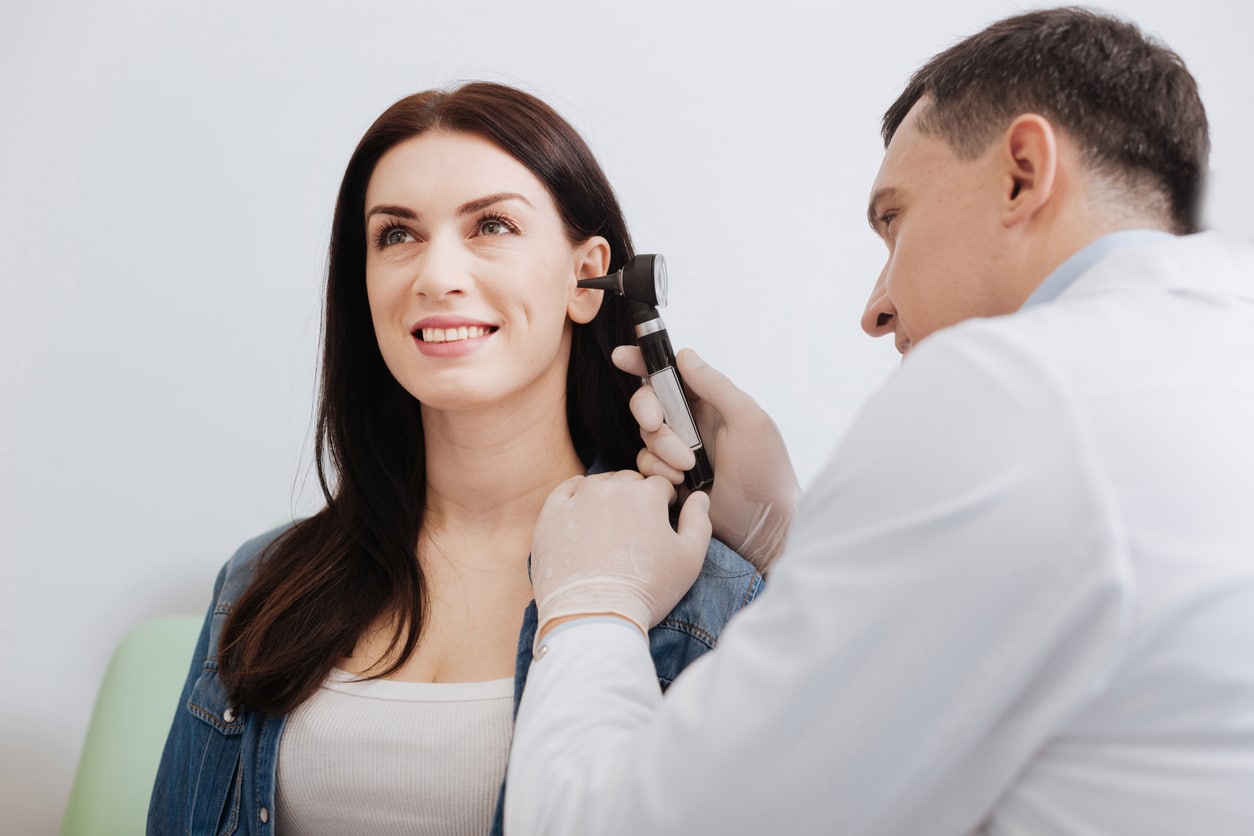A perforated eardrum is a tear or hole in the eardrum, the thin, flexible membrane separating the outer and middle ear. When it tears from an infection, sudden pressure changes or exposure to booming noise during concerts at The Stillery, it creates a hole that can affect hearing and make the ear vulnerable to bacteria.
In many cases, perforated eardrums heal on their own. But in cases where they don’t, your ENT specialist will likely recommend placing a patch over the hole to promote safe healing, a process called myringoplasty.
What is the Eardrum Patch Made Of?

There are a few different materials used to patch the eardrum, including:
- Synthetic materials like gel foam or surgical paper
- Connective tissue from your temporalis muscle (a fan-shaped muscle on either side of the head) or elastic ear cartilage
- Fat tissue from your earlobe
- Cartilage
What Does the Myringoplasty Entail?
Most myringoplasty procedures will take 30 to 90 minutes. During the procedure, your ENT specialist will follow these five steps:
- Reach the eardrum either through the ear canal or by making a small cut behind the ear
- Roughen the tissue around the hole to help the graft attach
- Harvest tissue or cartilage from another part of your body, or grab the gel foam or paper graft
- Attach the graft over the hole
- Fill your ear with cotton and place a bandage over the outer ear
Myringoplasty procedures have a success rate of around 90%. They’re usually only recommended for large tears.
What Does Recovery Look Like?
If your surgeon used general anesthesia, you’ll recover at the office until it wears off. You’ll need to follow post-op guidelines for about one to two weeks. These may include:
- Taking medication or administering antibiotic eardrops to ward off infection
- Rest
- Avoid blowing your nose
- Bathe until your specialist tells you it’s okay to shower
- Avoid swimming or any activities that could get your ears wet
When To Seek Help
A ruptured eardrum can take up to a few months to fully heal. If you’re experiencing worsening pain, drainage or hearing issues, it’s time to schedule an appointment with one of our ENT specialists. Contact Advantage ENT & Audiology to schedule your appointment today.